The hat, as a fashion accessory, became popular in the 20th century. Around 1900 dress etiquette dictated that a woman should not leave the house without a hat. Owning and wearing a unique model of hat signified the wealth and social status of the wearer.
Today, hats are more often used as a fashion accessory than as a sign of social status. While certain styles may be more popular with certain groups, they are worn by people of all ages and backgrounds.
For today’s article, we will explain in detail why this product are welcomed by people for ages.
A.Sun protection: Shielding the face and head from harmful UV ray
Whether you're jogging, hiking or just going to run some errands, bringing a hat along with you can help prevent too much exposure to the sun. Wearing a baseball cap or a broad sun hat can help prevent painful sunburn caused by exposure to UV light in the sun's rays.
B.Rain protection: Keeping the head dry during wet weather conditions
Wearing hats to cover your head can keep hair dry in wet weather. Other ways to provide protection from environmental damage include using styling products and hairstyles to minimize the effects of moisture on your hair.
C.Cold weather protection: Insulating the head and ears to retain heat
The fact is that you'll lose body heat from any part of your body that is exposed. It's a good idea to wear a hat, but other parts of your body must also be covered to keep you from getting cold.
Merino wool hats are perfect for trapping air and keeping your body warm and insulated. It also acts as a vapor by transporting sweat and moisture away from your skin.
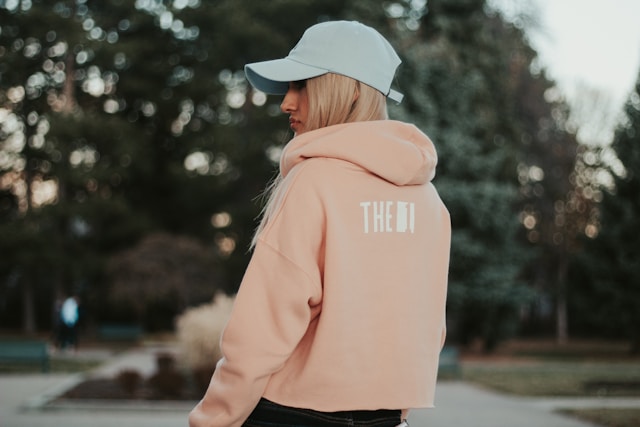
A. Expression of personal style and identity
Fashion is a non-verbal communication that can represent one's political and religious beliefs, gender identity, occupation, and essence. Whether intentional or not, the way that you dress can send a message to others about how you view yourself and how you want to be seen. The headwear you bring together with you is certainly a tool to express your own style and identity.
B. Enhancing and completing an outfit
Hats are the perfect accessories to highlight your favorite outfits, and that’s why everyone should have a hat in their wardrobe. Hats perfectly balance form and functionality in the fashion world. The simple yet stylish design of many hats helps them match lots of your favorite outfits; even if you simply add one hat to your wardrobe, you’ll be able to style it and wear it with a variety of outfits.
C. Following fashion trends and cultural influences
Fashion changes as the culture does. A society's fashion trends are simply a reflection of its culture. It is also true that fashion can have a slight influence on a region's culture.
At the same time, the clothes we wear, including our headwear can tell stories of our culture and our heritage – things that can't easily be shrugged on and taken off at will. Tradition is also passed down in the creation and construction of our clothes. The way things are made, the materials, and the process, are all embedded into our communities and cultures.
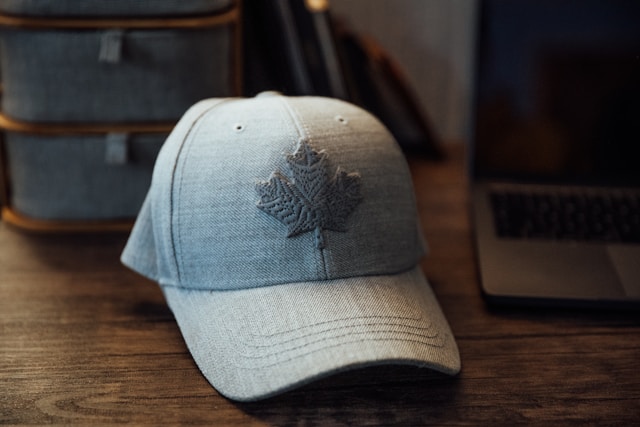
A. Shielding the eyes from glare and bright lights
One of the main benefits of wearing a baseball cap is that it can protect your eyes from the sun.
On a bright, sunny day, a brimmed baseball cap can help to shield your eyes from the harsh rays of sunlight. Prolonged sun exposure to the eyes can lead to vision damage such as cataracts later in life.
B. Providing shade and reducing eyestrain
At the same time, a hat offers a little extra shade from the sun’s bright glare. The glare from the sun can cause eye strain, which can lead to headaches and fatigue. Wearing a sun hat with a wide brim can help shade the eyes and reduce the glare, making it easier to see and reducing the risk of eye strain.
C. Preventing windblown hair and maintaining a put-together appearance
There are 7 ways to protect your hair from wind damage: wear Hairstyles for windy days, keep your hair and scalp moisturized, wash your hair less frequently, get regular trims, don't leave the house with wet hair, use a wide-tooth comb to detangle, and the last one, use a hair mask or a suitable hat.
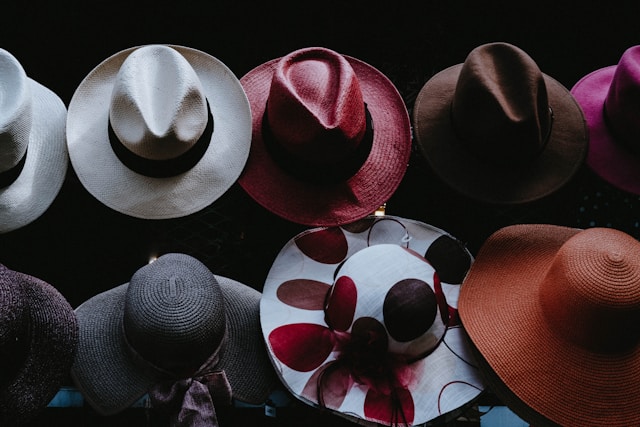
A. Team affiliation and fan support
Here, take New Era caps as an example, for its historic relationship with Major League Baseball (MLB), its baseball hats are seen as “authentic” and have cache around the world. “People aren't just buying a Red Sox or Yankees hat, but everything that team represents,” said Gan.
B. Protection and safety during sports activities (e.g., helmets, visors)
Sports like boxing can cause severe facial injury, resulting in fractures, bleeding, and sometimes facial paralysis. To avoid all these conditions, all athletes should wear proper protective face gear. Face shields, chin straps, and mouthguards are important protective face gear.
Start with helmets: They're important for sports and activities such as football, hockey, baseball, softball, biking, lacrosse, horseback riding, and other sports.
The main types of PPE for sports are those designed to protect against impacts, such as a helmet or protective pads designed to protect certain areas of the body, such as knee pads or elbow pads.
C. Performance enhancement (e.g., sweat-wicking, moisture management)
Many hats are made from fabrics that have a tendency to absorb liquid, including sweat. Excessive face sweat tends to cause hat sweat stains. But you don't have to throw a hat away just because of that sweat stains.
Moisture-wicking fabrics such as polyester take advantage of a process known as "capillary action." The fibers keep the sweat on the surface, acting like channels to transport the sweat to the outer layer of your shirt. Once there, the sweat evaporates in the air.
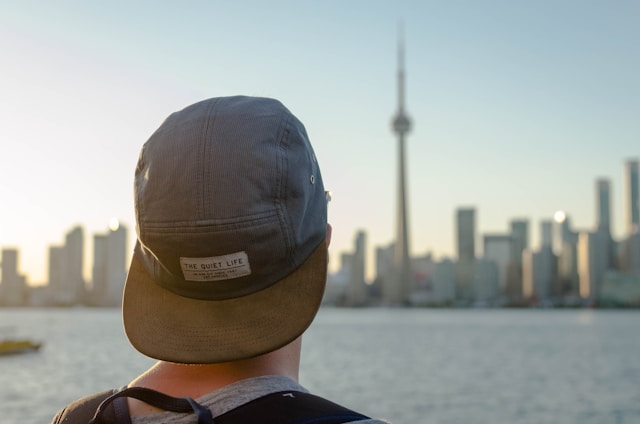
A. Traditional head coverings for religious observance
Muslim women who say they cover their heads were further asked what type of head covering they generally use – hijab, niqab, or burqa.
Also, there’s a kind of church hat, and it has its roots in scripture—in particular, a passage from one of Paul's letters to the Corinthians declares that women should cover their heads during worship to honor God.
Furthermore, orthodox (and some non-Orthodox) men would cover their heads with different types of head coverings, such as a kippa, and a black hat, which is a type of fur hat. Men are not required to have their entire hair covered as this covering is symbolically significant. Orthodox men often wear black suits.
B. Cultural traditions and customs associated with specific hat styles
Hats also play a role in reinforcing social ties, safeguarding customs, and preserving shared memories. The styles of some hats and headdresses may cross national and cultural boundaries, most ethnic groups and subgroups have their own distinctive head coverings.
More than utilitarian objects of material culture, each hat is a unique work of art—not merely because of the skill required to make it, but also as a singular expression of creativity and cultural meaning.
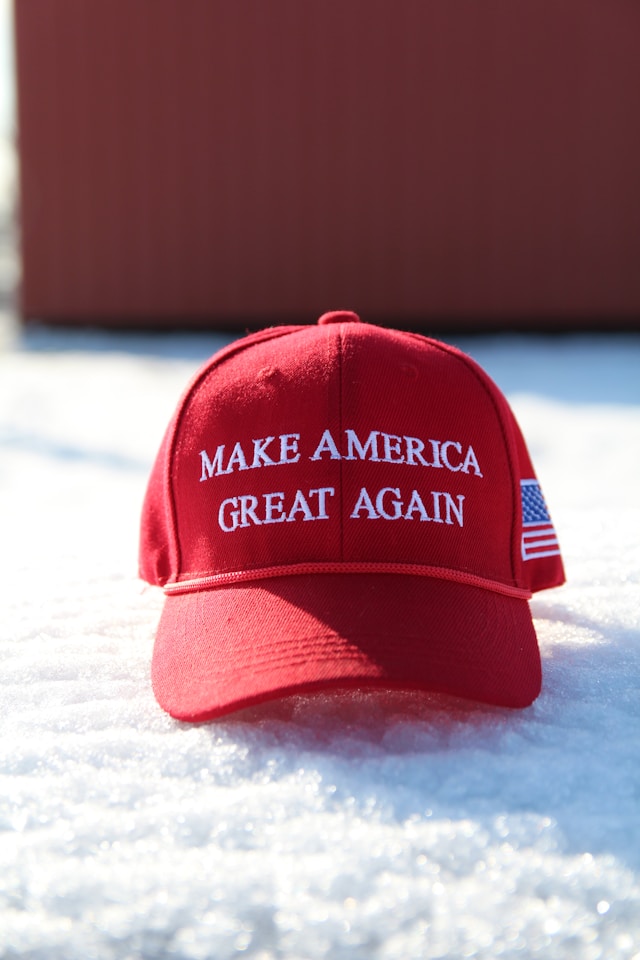
A. Concealing hair loss or bald spots
Hair additions (pieces and wigs) can be attached to existing hair and blended to achieve the look of a full, natural head of hair. Accessories like scarves, hats, bandanas, and turbans are also good at concealing bald spots when a less time-consuming option is needed.
B. Boosting self-confidence and self-esteem
Statistics have shown that hat use can significantly affect one's confidence and attitude. According to studies, people who wear hats in social settings often feel more comfortable and safe, which might increase their confidence.
A. Identification of occupation or group affiliation
In the past, hats were an indicator of social status. In the military, hats may denote nationality, branch of service, rank, or regiment. Police typically wear distinctive hats such as peaked caps or brimmed hats, such as those worn by the Royal Canadian Mounted Police. Therefore, it would indicate your group affiliation.
B. Compliance with dress codes and professional standards
The hat represents authority and power. Because it covers the head, the hat contains thought; therefore, if it is changed, an opinion is changed. The covered head shows nobility and different hats signify different orders within the social hierarchy. Removal of a hat upon entry into a building shows respect.
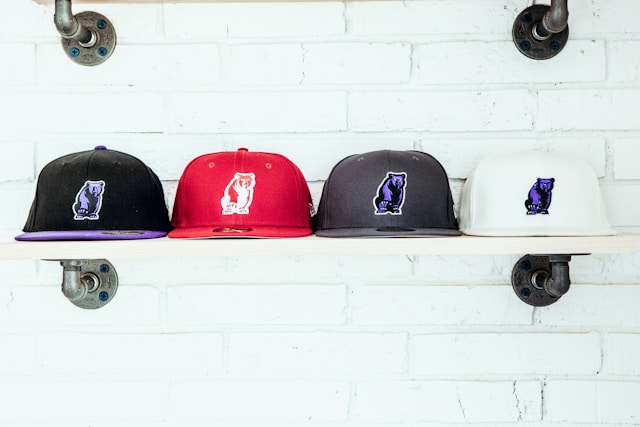
A. Historical figures and movements associated with specific hats or caps
Here we would have a few examples.
Winston Churchill’s Homburg. British wartime prime minister Winston Churchill was renowned for his hats. He wore several styles of hat, from top hats to bowler hats, but he is probably most famous for his homburg. A felt hat with a curved brim, a dent that runs from front to back, and a grosgrain ribbon that forms a band. It was popularized in Britain by Prince Edward VII, who first discovered it on a visit to Bad Homburg in Germany in the 1880s.
Davy Crockett’s Coonskin Cap. Coonskin caps are fur hats made from the skin of a raccoon, with the animal’s tail hanging down the back. Davy Crockett, who is frequently depicted wearing a coonskin cap, seems to have had an authentic connection to them. When Crockett gave up being a politician and returned to Texas, ending up at the Alamo, witnesses described him wearing his coonskin cap.
B. Symbolic meaning and representation (e.g., military hats, academic caps)
Military hats. Caps offer real relief from the helmets they have to wear while on duty or at work while deployed. Military tactical hats can boost a member's morale greatly while overseas to keep their mental health and clarity in check while on duty. This also gives them a little feeling of normalcy and home while they are away.
The four most common military tactical hats are the patrol cap, the beret, the boonie hat, and the combat helmet.
Academic caps. Academic caps include the mortarboard, velvet tams, and Beefeater. Velvet tams are ordinarily worn by faculty members with doctoral degrees.
The graduate hat (also known as an academic cap, graduate cap, mortarboard, or trencher) is part of the formal academic attire to be worn by graduating students (graduates) during the graduation ceremony. It has become a sign of the freedom of scholarship.
Styles are various and numerous. Over time and following the fashion trend, they didn't stop changing. As for the hat, an important fashion item can have many advantages for your daily use. Wearing a hat can help to gain confidence, and affirm your identity, also they have some practical uses, protect you from UV rays, conceal your hair loss, follow the fashion trends, ensure your safety during outdoor sports., etc.
In detail, straw hats and buckets hats work for sun protection, beach, fishing, and surfing, while baseball caps, snapbacks, trucker hats, and newsboy caps work for outdoor activities such as golf, hiking, running, and hunting. Knitted hats, beanies, balaclavas, and ski masks can help you keep warm.
That’s all for today, and if you have any questions or ideas, please comment below and let us know!!